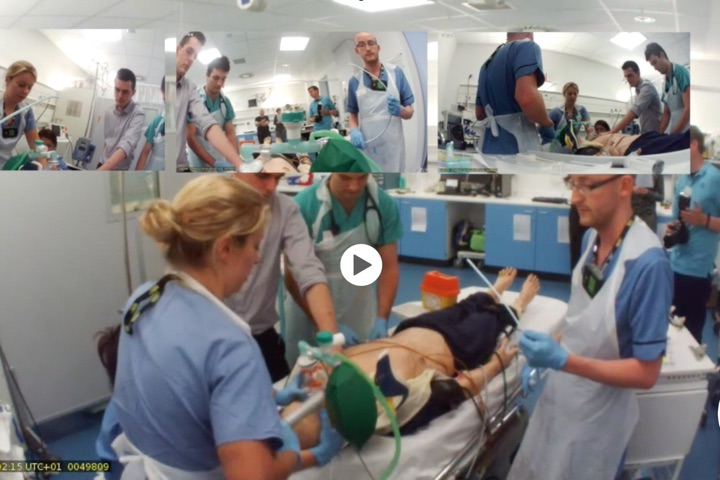Mar
14
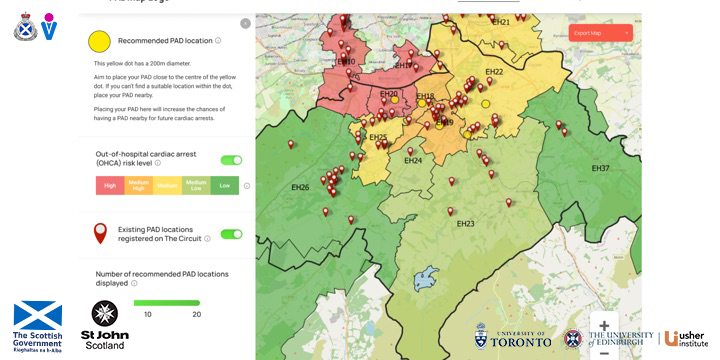
14 Mar 2024
Scottish Government and St John Scotland have confirmed funding to enable the PADmap web portal. This website, to be built by Daysix (www.daysix.co) will allow individuals, communitites and decision makers to see mathematically optimised location suggestions for the placement of public access defibrillators.
This website will build on the work already done by Ben Leung (Tim Chan’s group – Centre for Analytics and AI Engineering at the University of Toronto) and Diane Lac to build the optimisation model and gather data from potential users to guide design.
PADmap should be completed by the end of Q2 2024.
See also:
Leung, K. H. Benjamin, Steven C. Brooks, Gareth R. Clegg, and Timothy C. Y. Chan. ‘Socioeconomically Equitable Public Defibrillator Placement Using Mathematical Optimization’.
Resuscitation 166 (1 September 2021): 14–20.
https://doi.org/10.1016/j.resuscitation.2021.07.002.
Lac, Diane, Maria K. Wolters, K. H. Benjamin Leung, Lisa MacInnes, and Gareth R. Clegg. ‘Factors Affecting Public Access Defibrillator Placement Decisions in the United Kingdom: A Survey Study’.
Resuscitation Plus 13 (1 March 2023): 100348.
https://doi.org/10.1016/j.resplu.2022.100348.
Nov
27
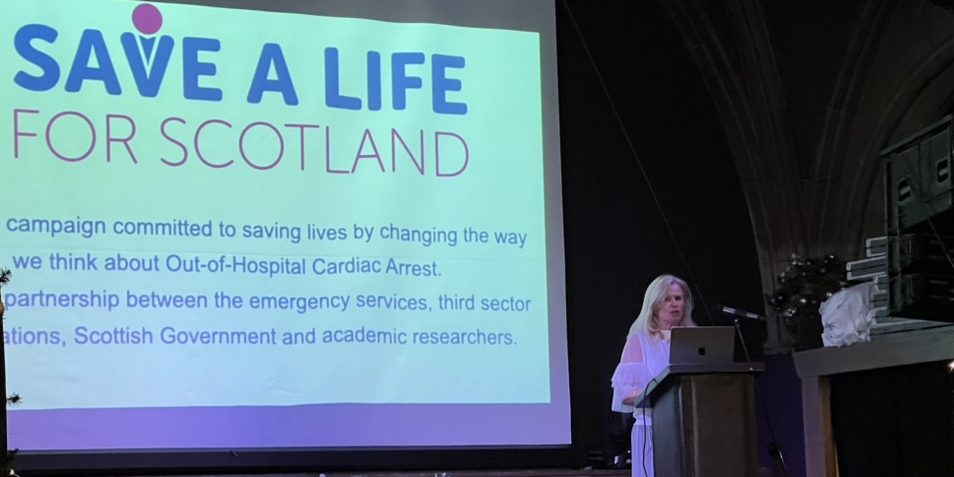
27 Nov 2023
The 2th November 2023 was the 15th EMERGE day conference.
Susan Gardner presented a summary of the work the Save a Life for Scotland partnership has done in the last year under the headings of Young People, communities, inequalities and Culture.
Dominika Skrocka showed details of this year’s Scottish Cardiac Arrest Symposium – SCAS23.
Oct
09

09 Oct 2023
SCAS is series of events where we be highlight the change in culture and clinical outcomes after out-of-hospital cardiac arrest across Scotland following the launch of Scotland’s Strategy for OHCA.
SCAS23 ‘Getting our SHIFT together’ was staged at the Hilton Doubletree at Edinburgh Airport on October 6th. It was a highly informative and entertaining day with a series of TED-style talks including keynotes by Prof Jason Leitch, National Clinical Director for the Scottish Government and Professor Lionel Lamhaut, program lead for Prehospital ECMO-CPR at the University Hospital of Necker-Paris. Key themes included Health Inequalities and Out-of-Hospital Cardiac Arrest, high quality pre-hospital Advanced Life Support, ECMO-CPR, bystander aftercare and the GoodSAM responder app.
The event was free to attend and view thanks to our industry sponsors including Zoll Medical, Mindray and Ortus. For further information about SCAS23 or to watch the presentations online go to www.scas.scot.
Jan
12
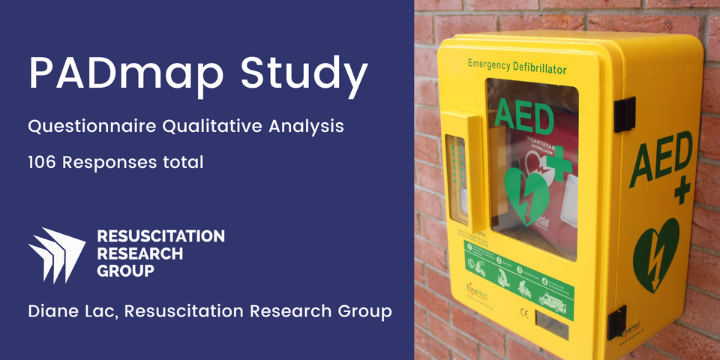
12 Jan 2023
As part of her work to enable data-driven placement of Public Access Defibrillators Diane Lac has completed a survey of individuals, groups and organisations across the UK who are involved in PAD installation.
Results were published in Resuscitation Plus: Diane Lac et al., ‘Factors Affecting Public Access Defibrillator Placement Decisions in the United Kingdom: A Survey Study’, Resuscitation Plus 13 (1 March 2023): 100348, https://doi.org/10.1016/j.resplu.2022.100348.
Abstract:
Aim
This study aimed to understand current community PAD placement strategies and identify factors which influence PAD placement decision-making in the United Kingdom (UK).
Methods
Individuals, groups and organisations involved in PAD placement in the UK were invited to participate in an online survey collecting demographic information, facilitators and barriers to community PAD placement and information used to decide where a PAD is installed in their experiences. Survey responses were analysed through descriptive statistical analysis and thematic analysis.
Results
There were 106 included responses. Distance from another PAD (66%) and availability of a power source (63%) were most frequently used when respondents are deciding where best to install a PAD and historical occurrence of cardiac arrest (29%) was used the least. Three main themes were identified influencing PAD placement: (i) the relationship between the community and PADs emphasising community engagement to create buy-in; (ii) practical barriers and facilitators to PAD placement including securing consent, powering the cabinet, accessibility, security, funding, and guardianship; and (iii) ‘risk assessment’ methods to estimate the need for PADs including areas of high footfall, population density and type, areas experiencing health inequalities, areas with delayed ambulance response and current PAD provision.
Conclusion
Decision-makers want to install PADs in locations that maximise impact and benefit to the community, but this can be constrained by numerous social and infrastructural factors. The best location to install a PAD depends on local context; work is required to determine how to overcome barriers to optimal community PAD placement.
The full article is available here.
Dec
02
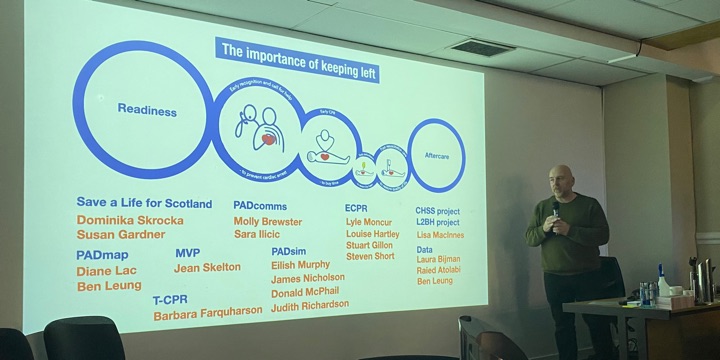
02 Dec 2022
The Resuscitation Research Group at Emerge14.
On 2nd December 2022, Gareth Clegg presented on all the work undertaken throughout the year 2022 by the RRG team.
Some of the highlights included:
- Scotland’s OHCA Report 2019-22 (click here to find out more)
- Revising Chain of Survival – focus on Readiness
- Public Access Defibrillators – placement and SIMD discussion
- Play Your Part campaign (https://savealife.scot/play-your-part/)
- Minimum Viable Product (MVP) for CPR familiarisation (click here to find out more)
- GoodSAM (click here to find out more)
- PADmap
- PADsim
You can see a pdf of the presentation here.
For more information about EMEGE14 click here.
Welcome to the RRG News area where we'll keep you up to date with what's happening and the work we're doing.
If you would like to know more or require any press information please contact us.
14 Mar 2024
Scottish Government and St John Scotland have confirmed funding to enable the PADmap web portal
27 Nov 2023
RRG presented at the 15th EMERGE day conference
09 Oct 2023
SCAS is series of events where we be highlight the change in culture and clinical outcomes after out-of-hospital cardiac arrest across Scotland following the launch of Scotland’s Strategy for OHCA. SCAS23 ‘Getting our SHIFT together’ was staged at the Hilton Doubletree at Edinburgh Airport on October 6th. It was a highly informative and entertaining day […]
12 Jan 2023
Diane Lac has completed a survey of individuals, groups and organisations involved in PAD installation.
02 Dec 2022
The Resuscitation Research Group at Emerge14
15 Nov 2022
The latest OHCA data has been published, here is a summary of the main findings
>
More news
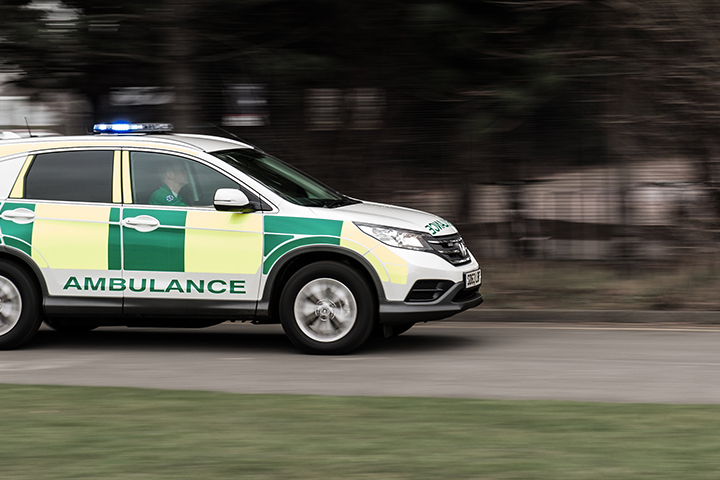
A squad of 12 paramedics from the Scottish Ambulance Service make up 3RU.
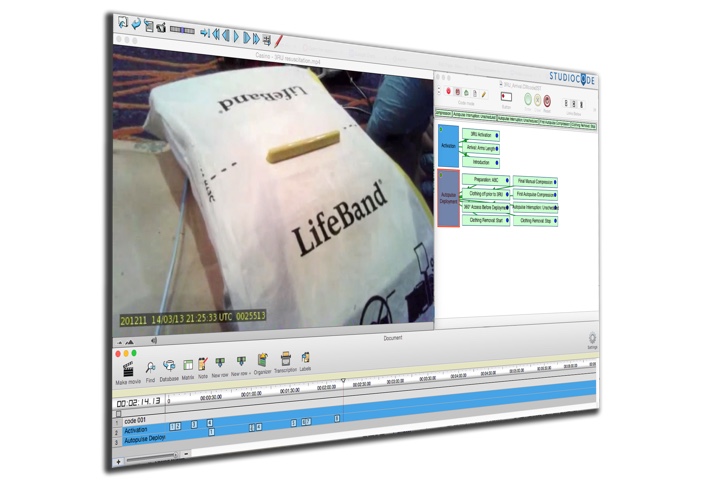
A project to investigate the association between non-technical skills performance and technical performance during OHCA resuscitation







